The following review contains spoilers for Broken Moon #1-4. Spooky, spooky spoilers. Beware.

What would happen to our world if monsters were to take over? What if the things that went bump in the night found a way of ensuring that day never broke again? How would a torn and fractured human race survive, and how would the monsters cope with a dwindling food supply once we began our race toward extinction?
These are the questions posed by Broken Moon, a four-part miniseries by American Gothic Press. While not familiar with Famous Monsters of Filmland, I am definitely familiar with monsters, and something about this particular story by their comic book imprint caught my eye from the very beginning. Always the type to judge a book by its cover, I was likely drawn in by some of the amazing artistry by Nat Jones (who also drew and colored the interiors). The art was done in a style that felt rough, jagged. It was done in a style that felt…urgent.
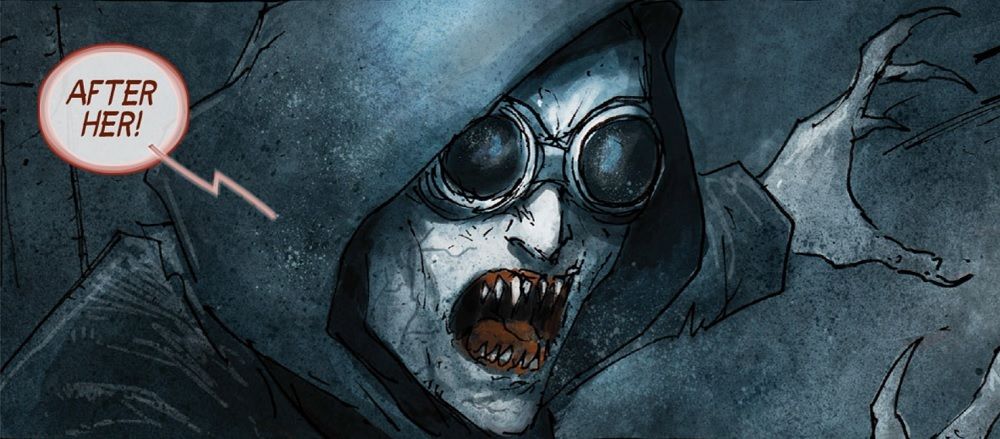
Urgency is at the heart of the story, as no humans in Broken Moon are ever quite certain whether or not the current day will be their last. The series begins with an overview of how the human race neared extinction. Lacking resources in an overpopulated world, we began to colonize the moon. But as has always been the course of history, this colonization led to border disputes and ultimately to war. The moon was quite literally broken, and the effects on Earth were—if you’ll excuse the pun—monstrous. Humans could not withstand the flood of natural disasters that hit us, and there became few enough that monsters took over entirely.
With so few humans, vampires began farming, breeding humans for their blood alone. Many of these humans were also used as slaves, running factories to create smog that would block out the sun. Werewolves, on the other hand, attempted to find food elsewhere. Many were left hungry, nearing starvation as they attempted to feed on smaller prey such as rabbits and squirrels. Meanwhile, Frankenstein began scouring battlefields for parts to create new monsters. Three species of monsters, doing their best to stay out of each other’s way, while humans remained ever on the run.
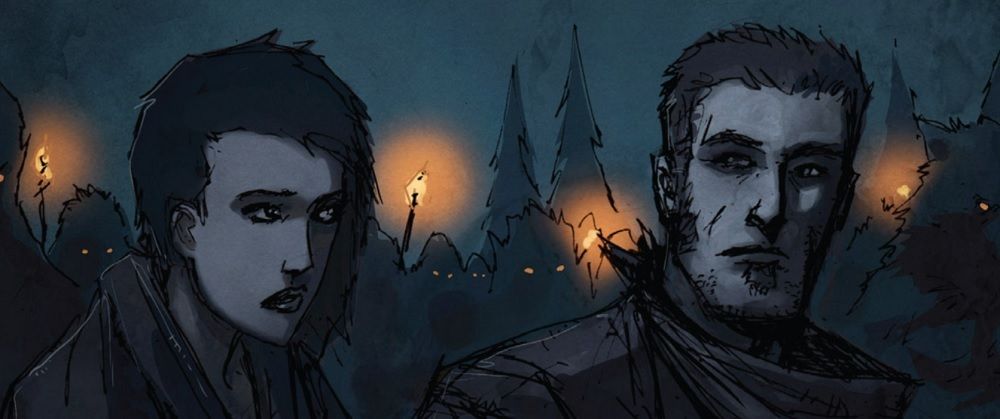
Creator Philip Kim and writer Steve Niles did a great job of putting this world together. It’s really no surprise to see Steve Niles writing such an excellent vampire story after his work on 30 Days of Night. Nat Jones has worked on that series in the past as well, and his art here is very much appreciated. The vampires look like industrial takes on Nosferatu—in fact, I’m pretty sure one of them is Nosferatu—and Frankenstein’s monsters look about as menacing as they can get.
As for the werewolves, they don’t have just one look. They have learned that the concept of transforming under the full moon was nothing more than a myth, and they can now control the extent to which they change. The notion that monsters would believe myths about themselves is brilliant, and it leads to a great reveal of yet another species in Broken Moon #4.
In many ways, this reveal makes Broken Moon one of the most realistic monster stories I have ever read. I am used to seeing comics and TV shows in which monsters must live in secrecy, yet seem to know everything about each other. In truth, a bunch of species living in hiding would ultimately become myths to each other as well as to the humans. Niles is the first writer I’ve ever encountered who seems to understand that.

If I have one complaint, it’s that the story seems to end rather quickly at the end. Then again, I also feel as if it may not be over. A brilliant world has been created here. It seems ludicrous to assume that it won’t be revisited if the creative team is able to collaborate on another series. And given that 30 Days of Night received a few comics after its initial three-issue run, I have little doubt that the same will happen with a series as brilliant as Broken Moon.
At the end of the day, the most brilliant thing about Broken Moon is simply how little it takes to pull it off. The dialogue is short, yet the characters feel full. Many panels lack background detail, yet the splashes of color create a sense of atmosphere that just works for this particular series. Both of the above aspects of Broken Moon are things I might complain about in other comics, but here they just work. There’s no need for detail in this world. The details that made Earth what it used to be are now dead. Now there is only fear, survival, and violence.
Lots, and lots of violence. Jones uses a great deal of blacks and blues in his color work, but you get the occasional splash of red and yellow to accentuate certain details. Aside from the blood and fire, you might get accents on a character’s eyes or mouth that highlight how vicious these monsters are. Green is also used for a very specific purpose near the end. Overall, it’s a great use of color.

Broken Moon is a series which proves that less is more. But at the end, you’ll want more. You’ll want more of the excellent writing, the excellent color work, and the jagged lines that work for this comic in a way they just wouldn’t work for some others. This is a brilliant series. If you’ve seen Broken Moon #4 on the shelves and wondered if you should pick up the rest of the series, the answer is a resounding yes. You’ll want to read this one. And then you’ll want to write every movie studio in the books and ask them why they haven’t optioned the rights yet, because any studio that can bring this intense visual style to life will have pulled off an utter feat in the world of horror.

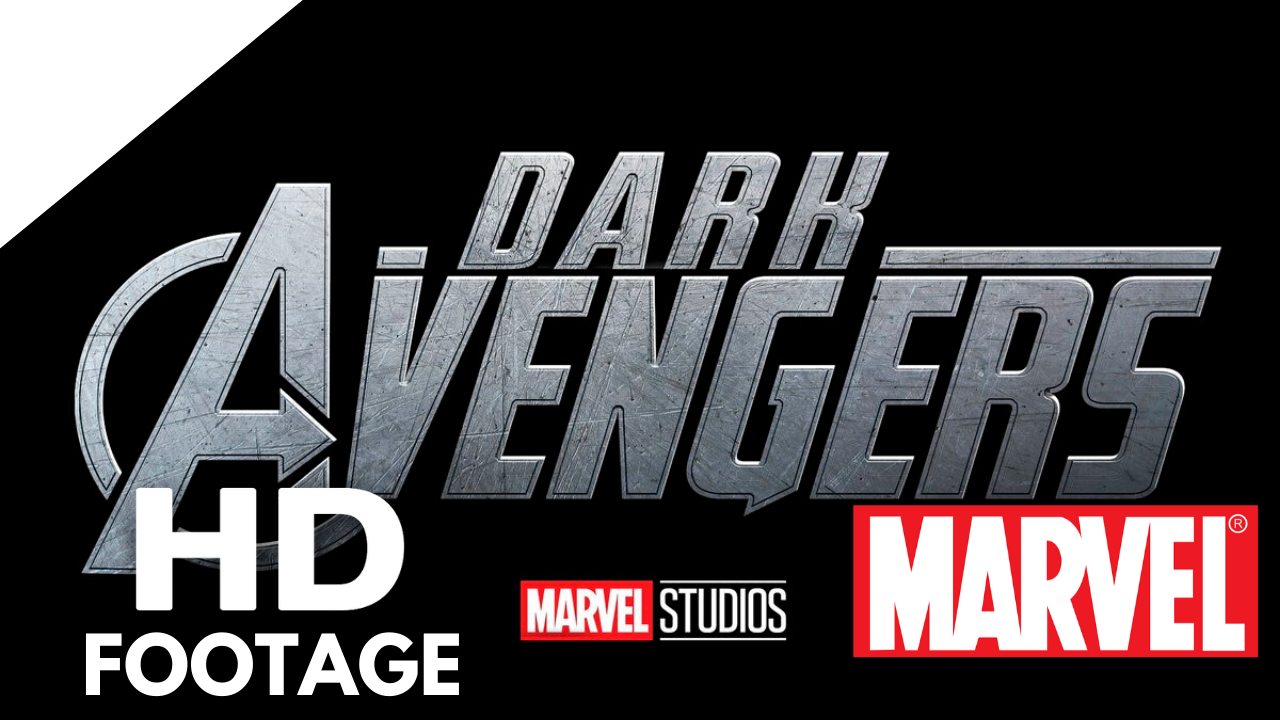
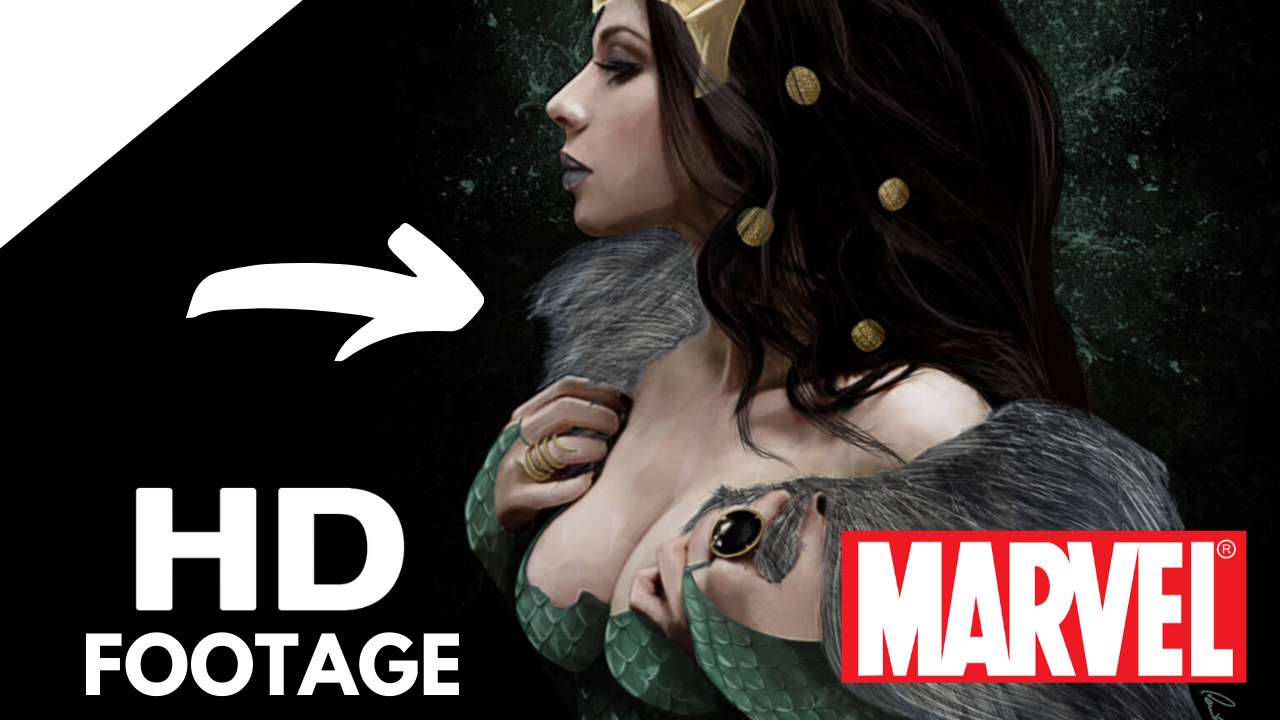

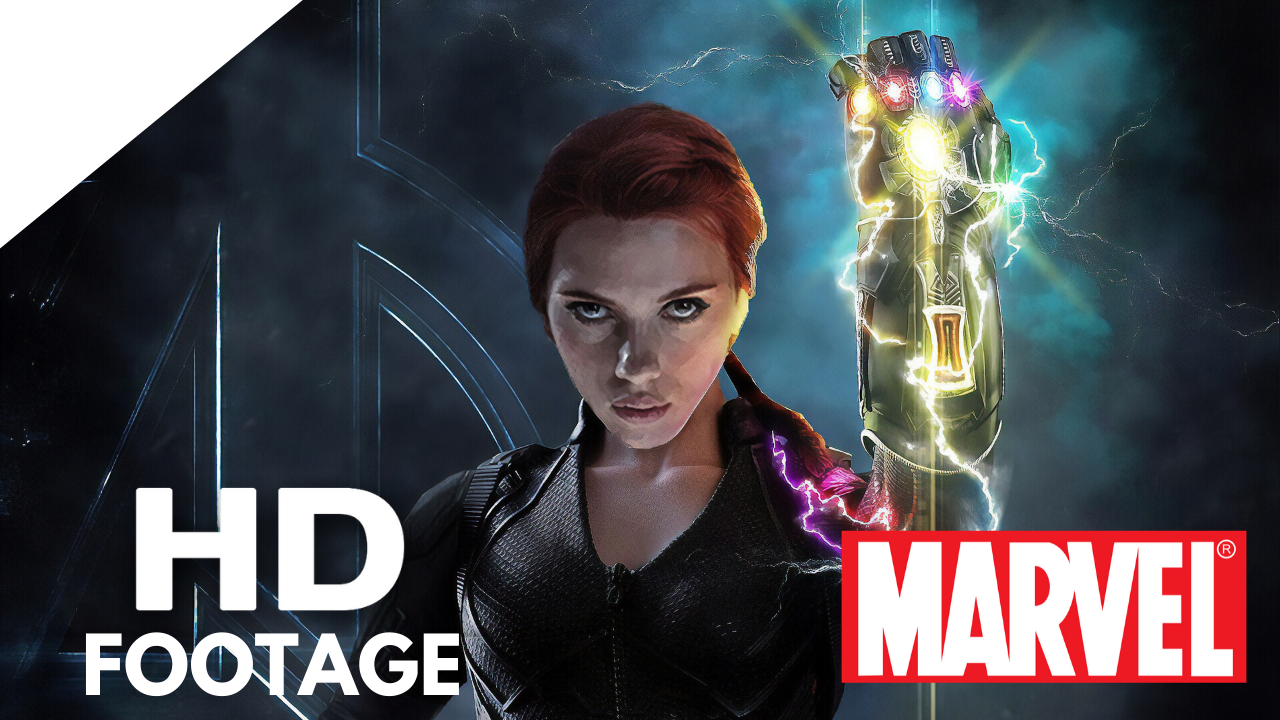
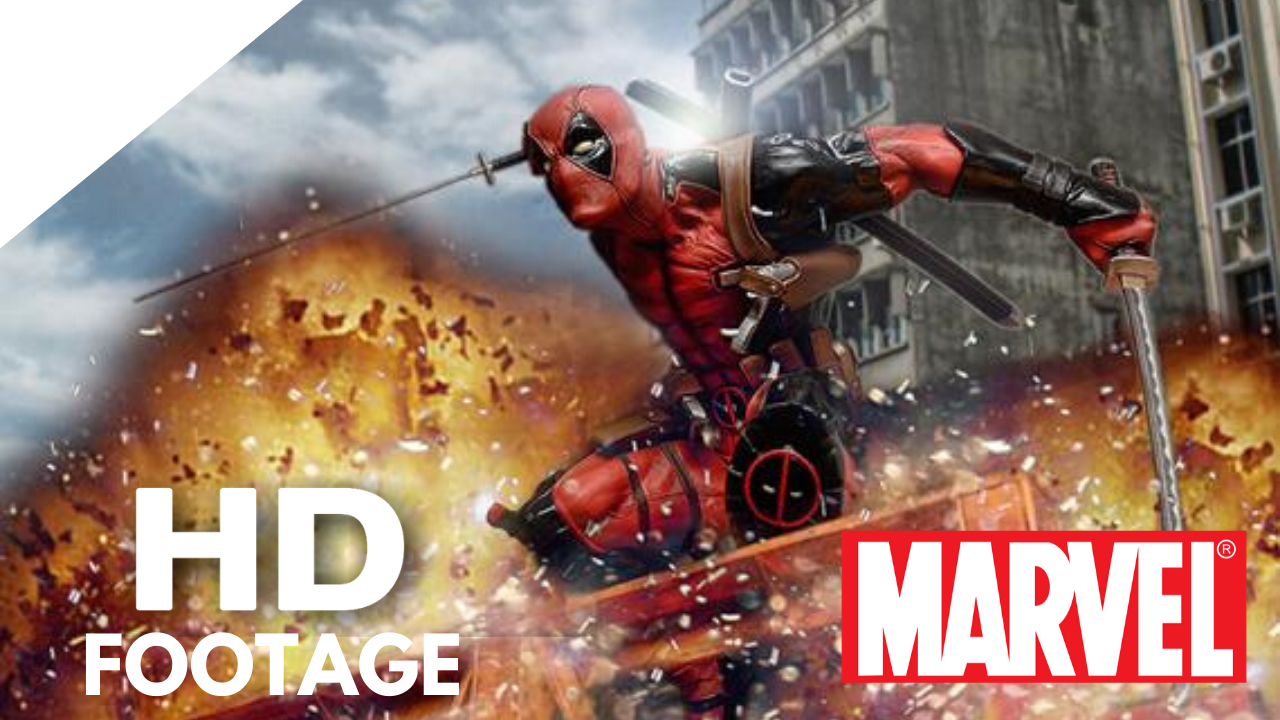
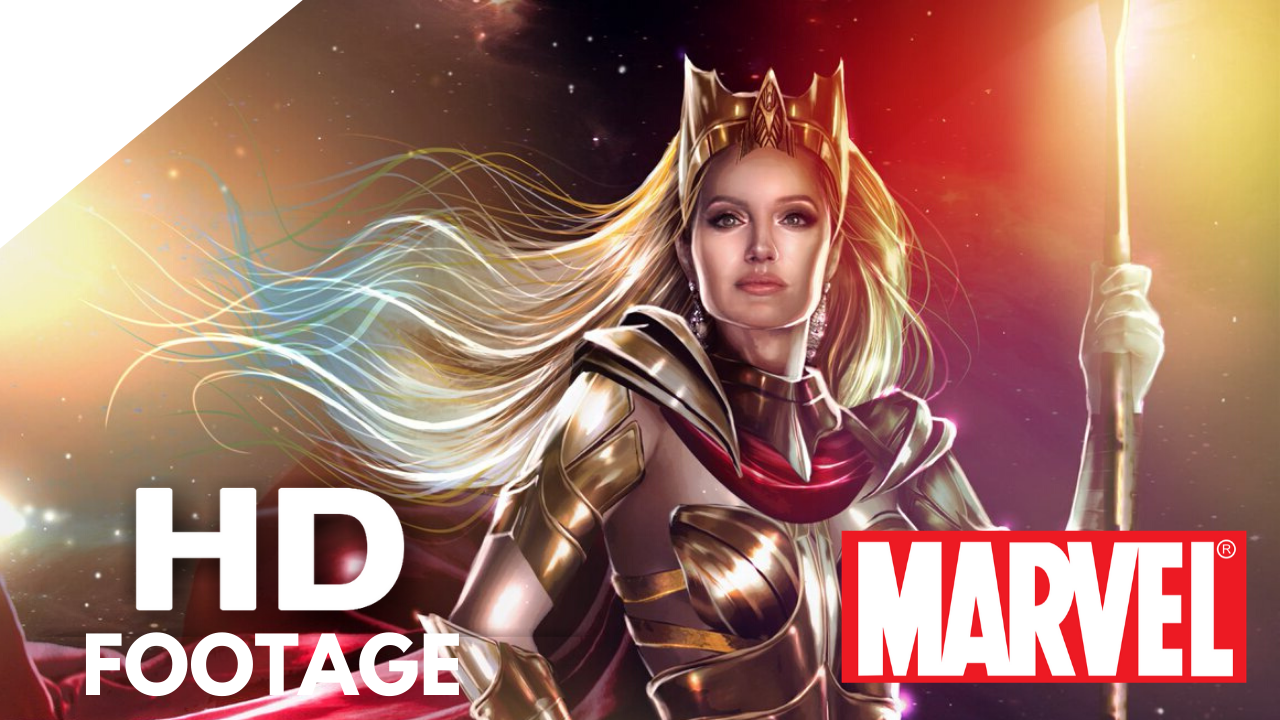
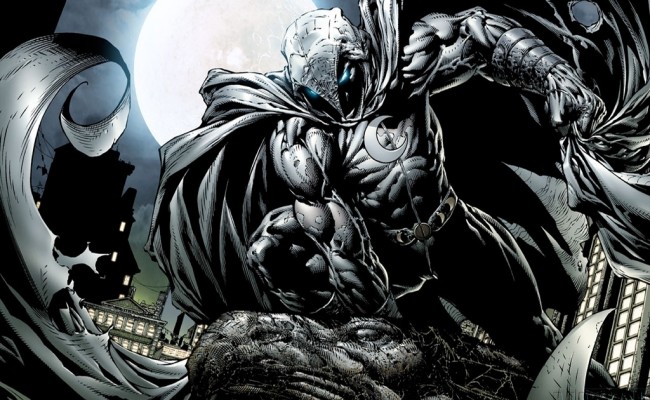
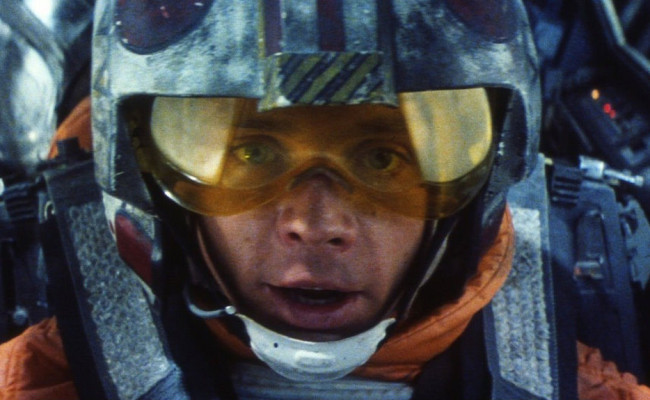
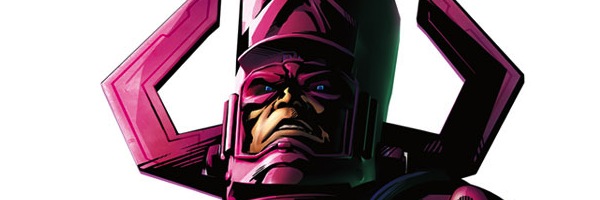
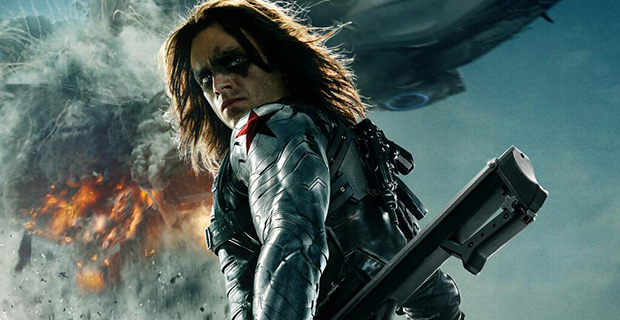
S#!T Talking Central